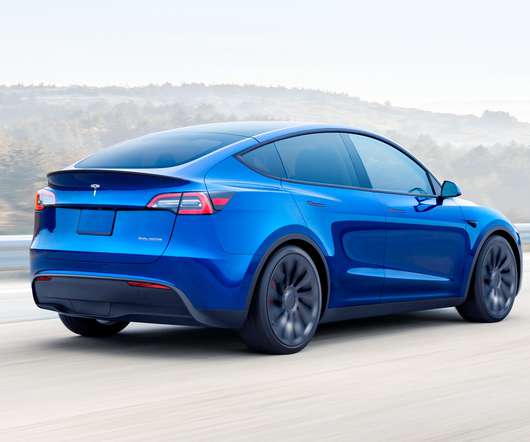UT Austin team develops new family of high-capacity anode materials: Interdigitated Eutectic Alloys
Green Car Congress
NOVEMBER 1, 2017
Researchers in the Cockrell School of Engineering at The University of Texas at Austin have developed a new family of anode materials that can double the charge capacity of lithium-ion battery anodes. It is a simple, low-cost approach that can be applied to a broad range of alloy systems with various working ions such as Li, Na, or Mg.
















Let's personalize your content